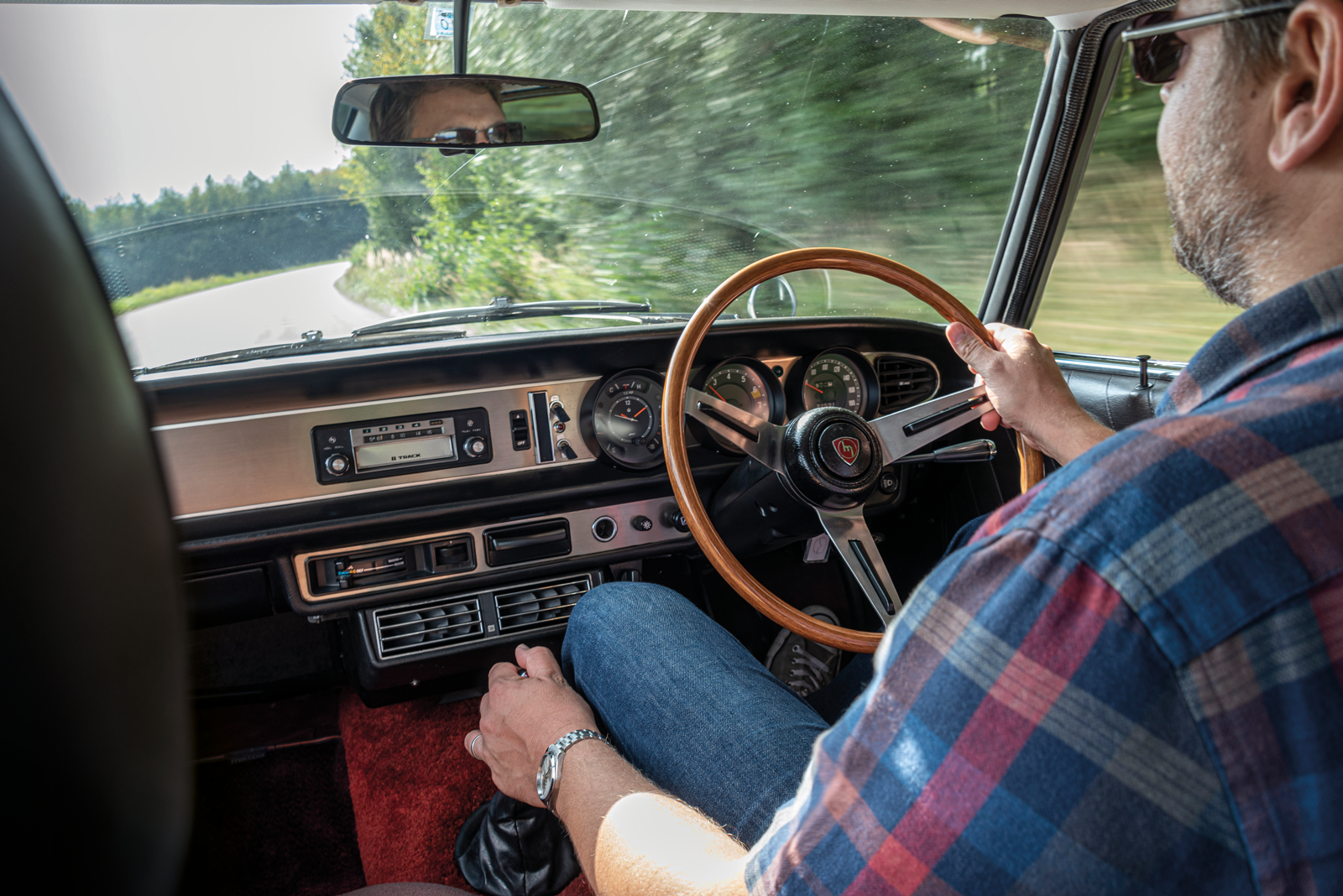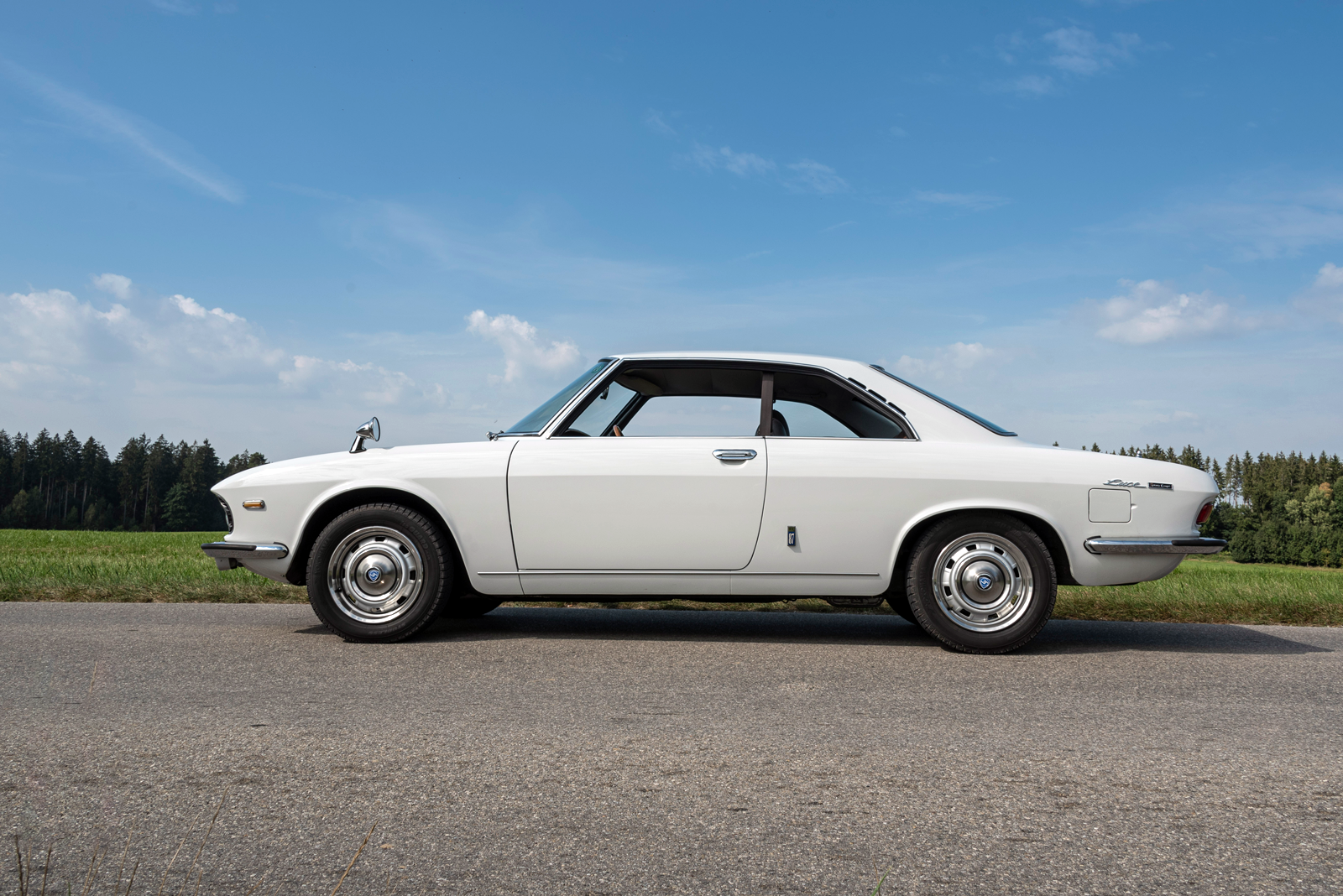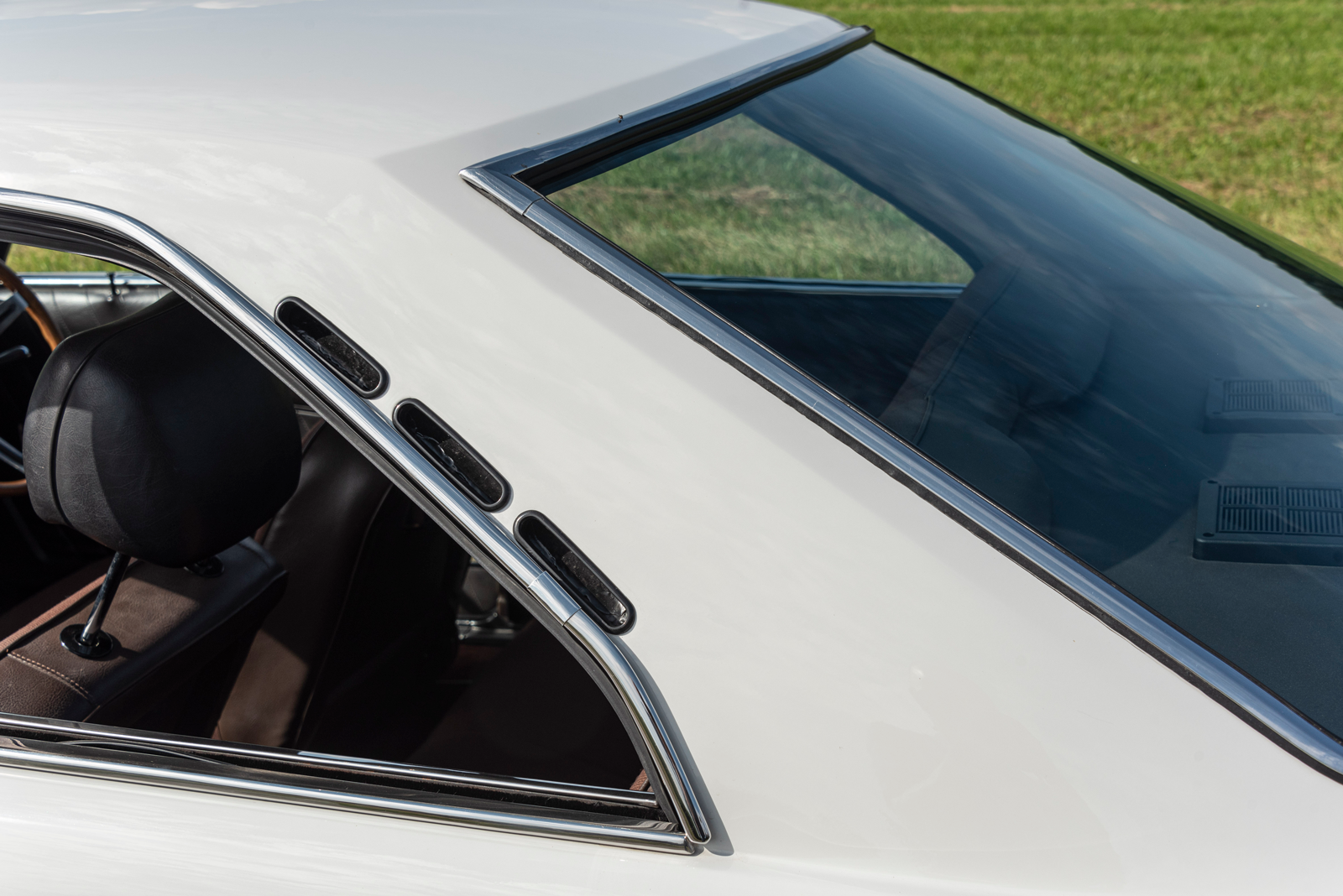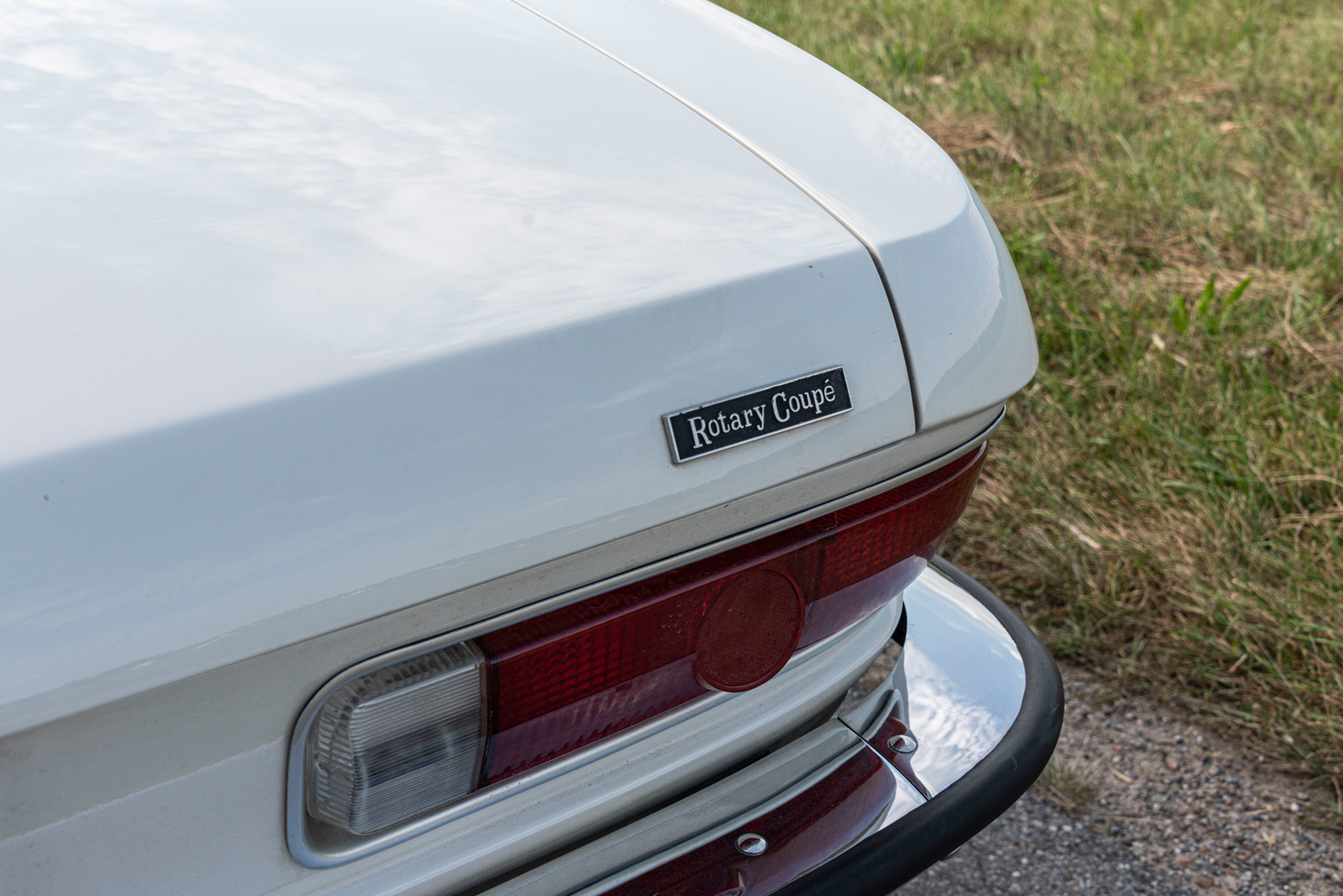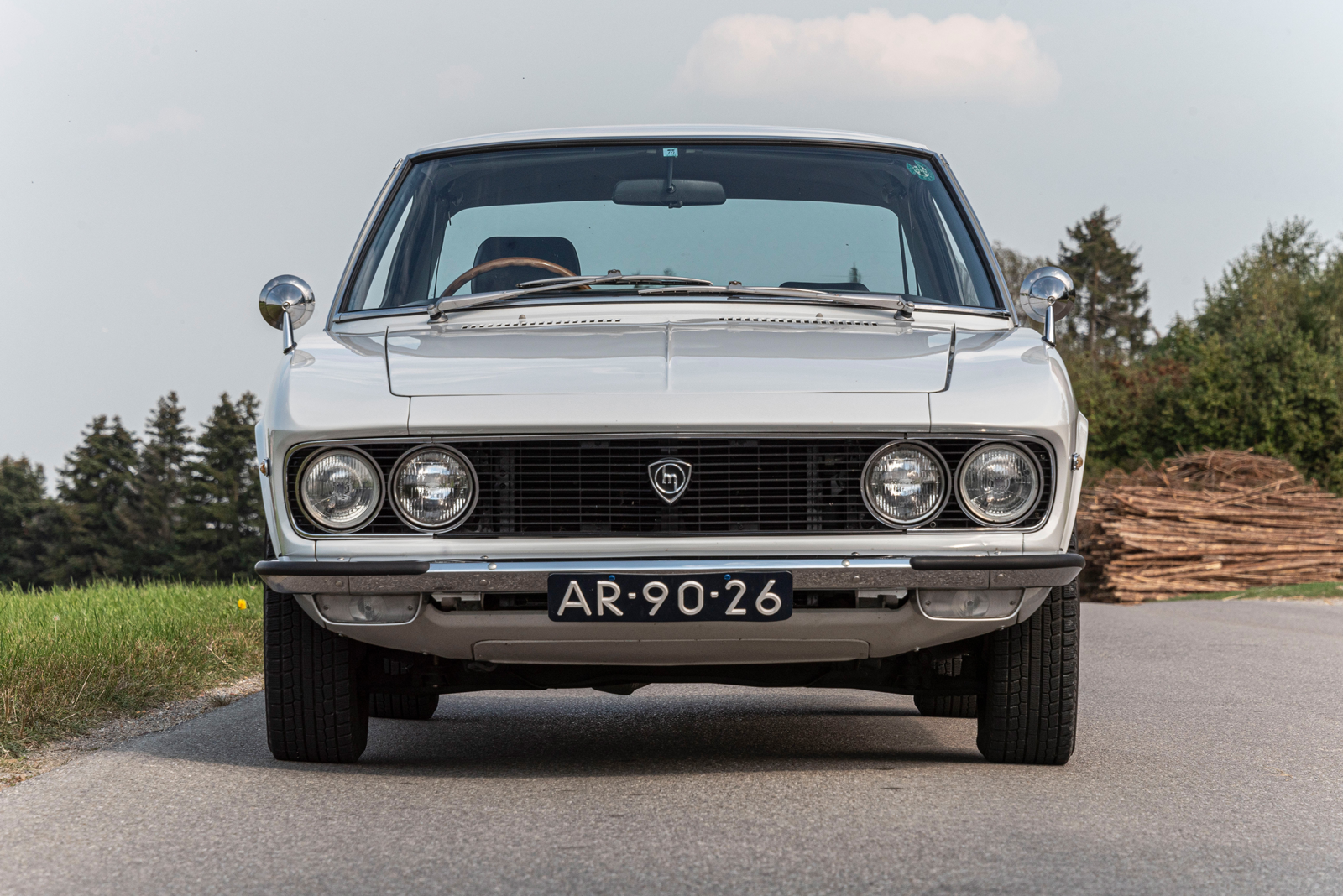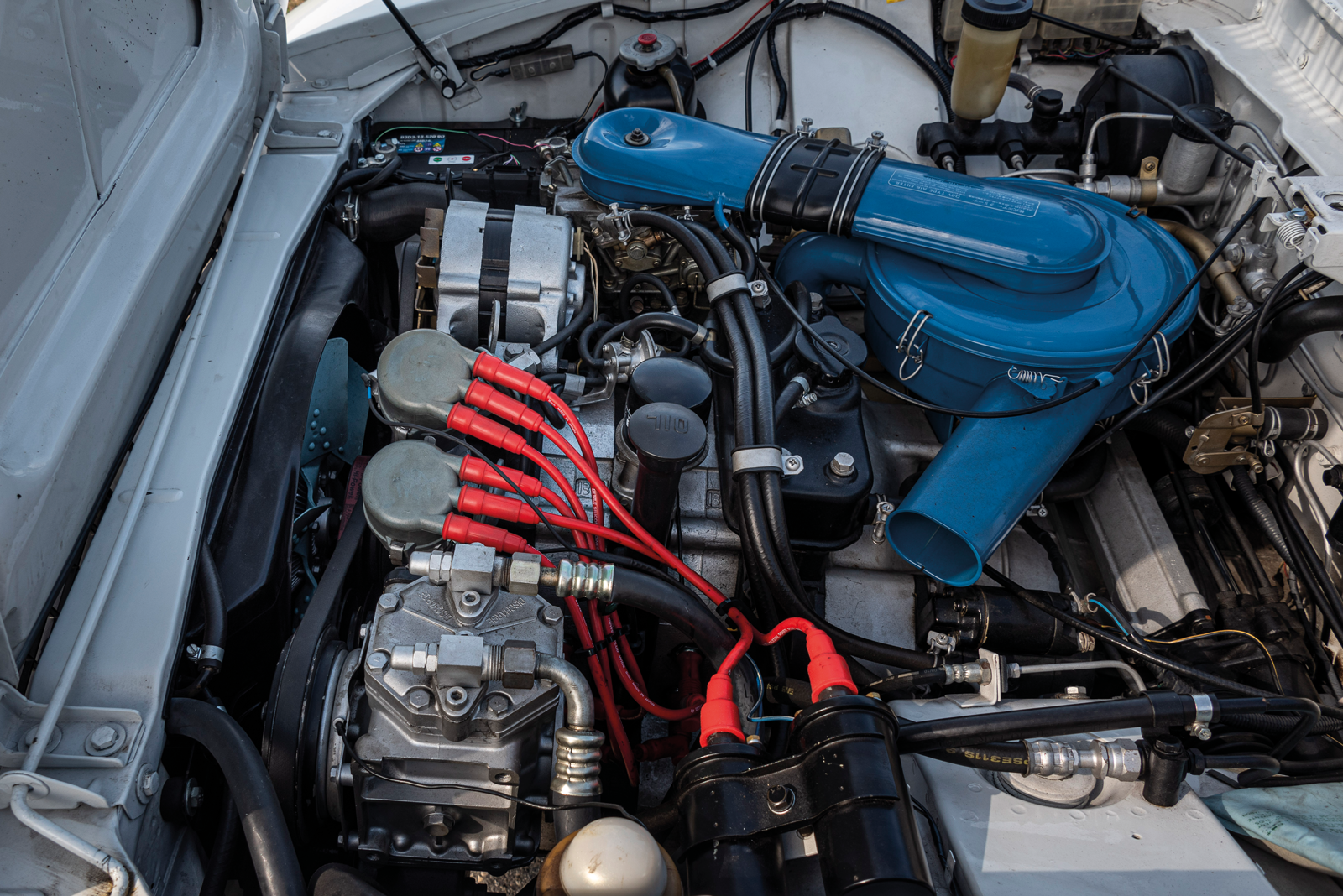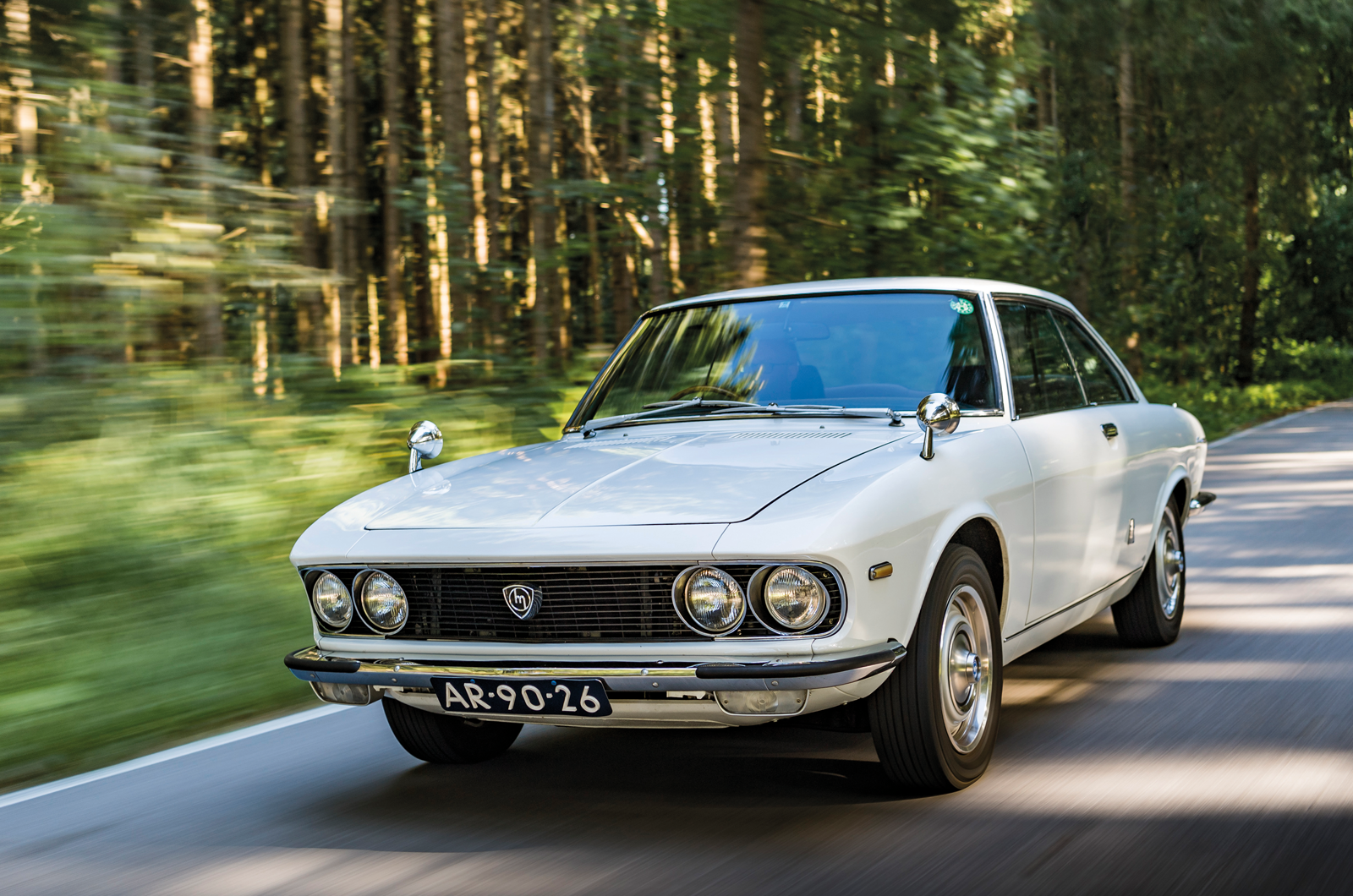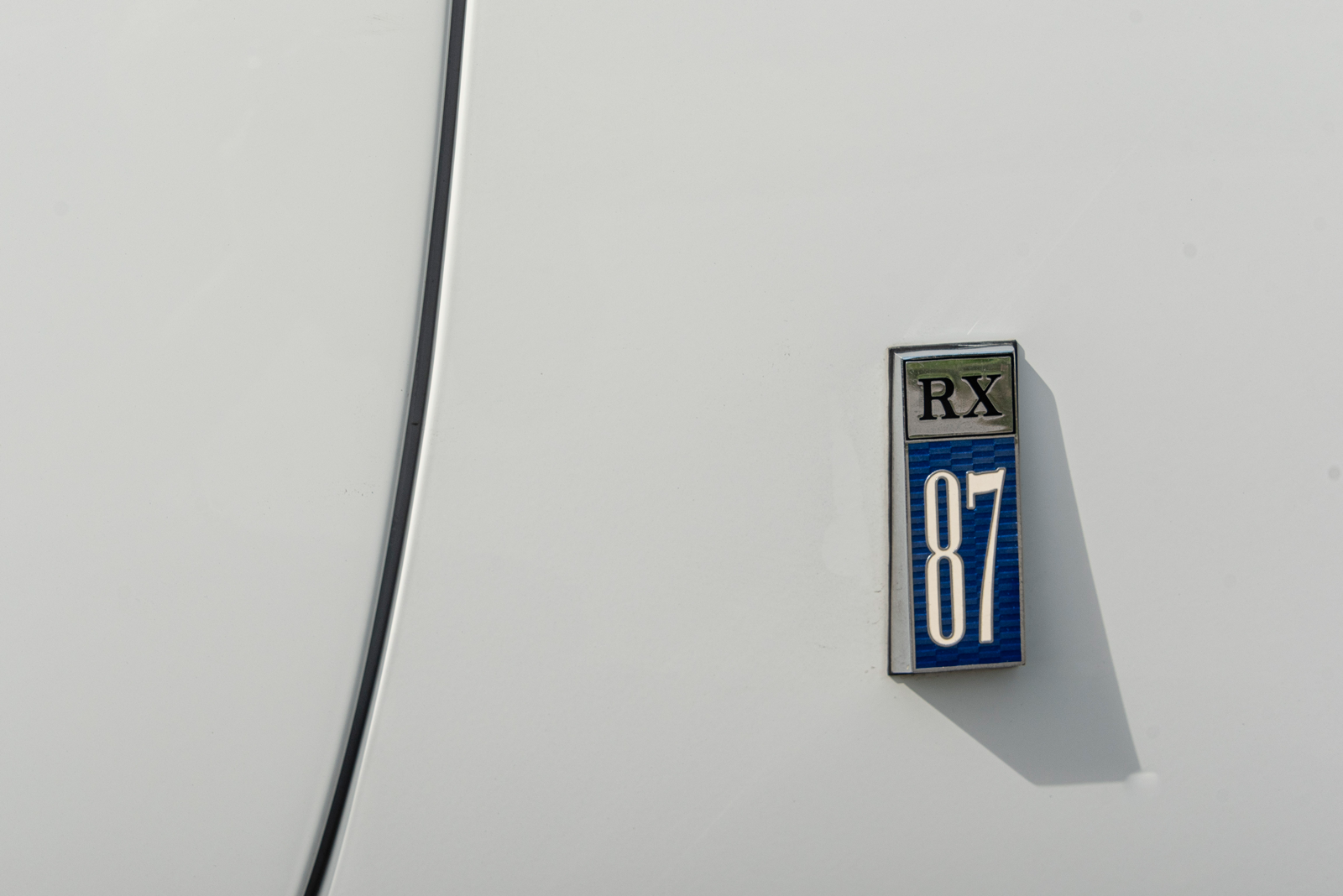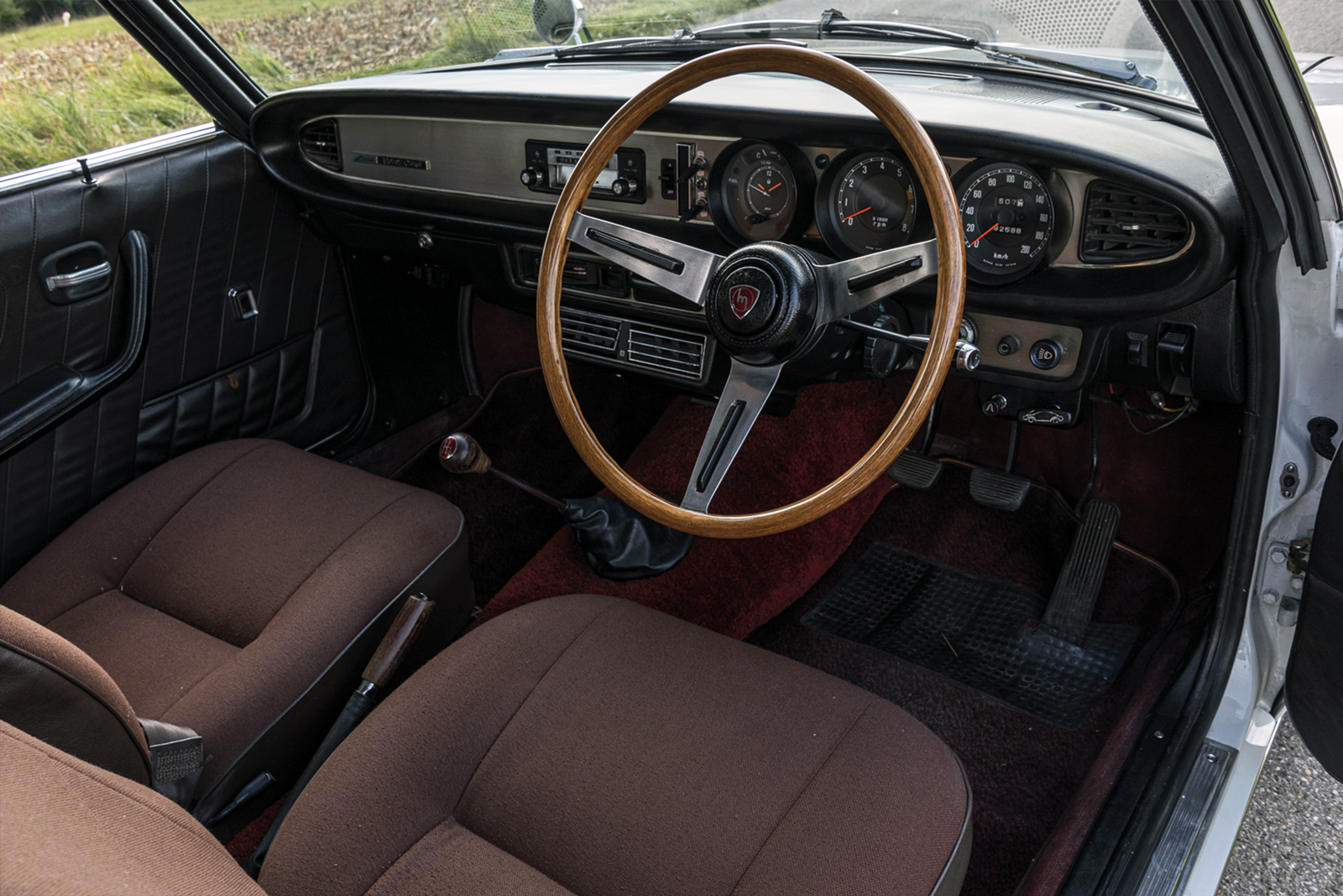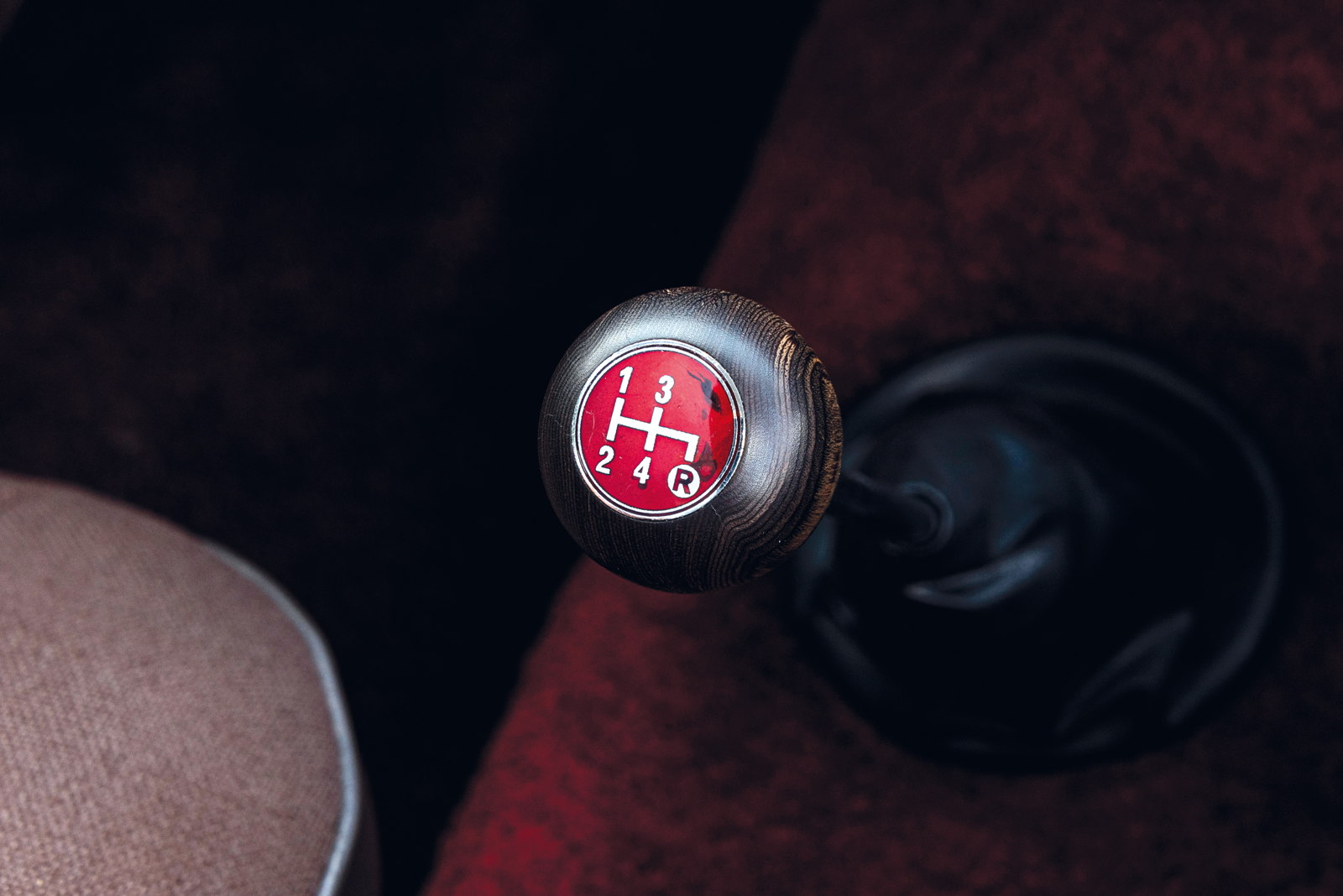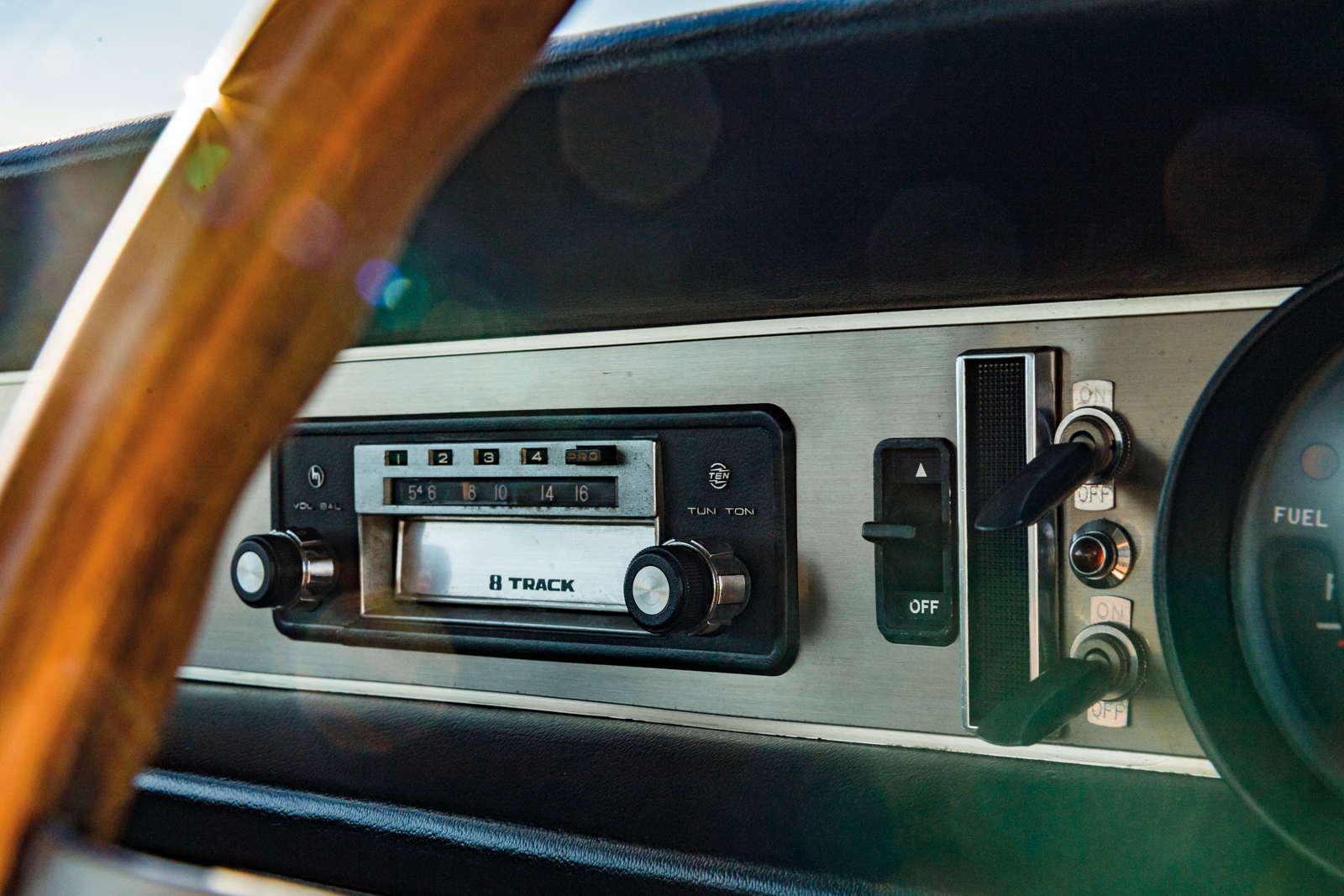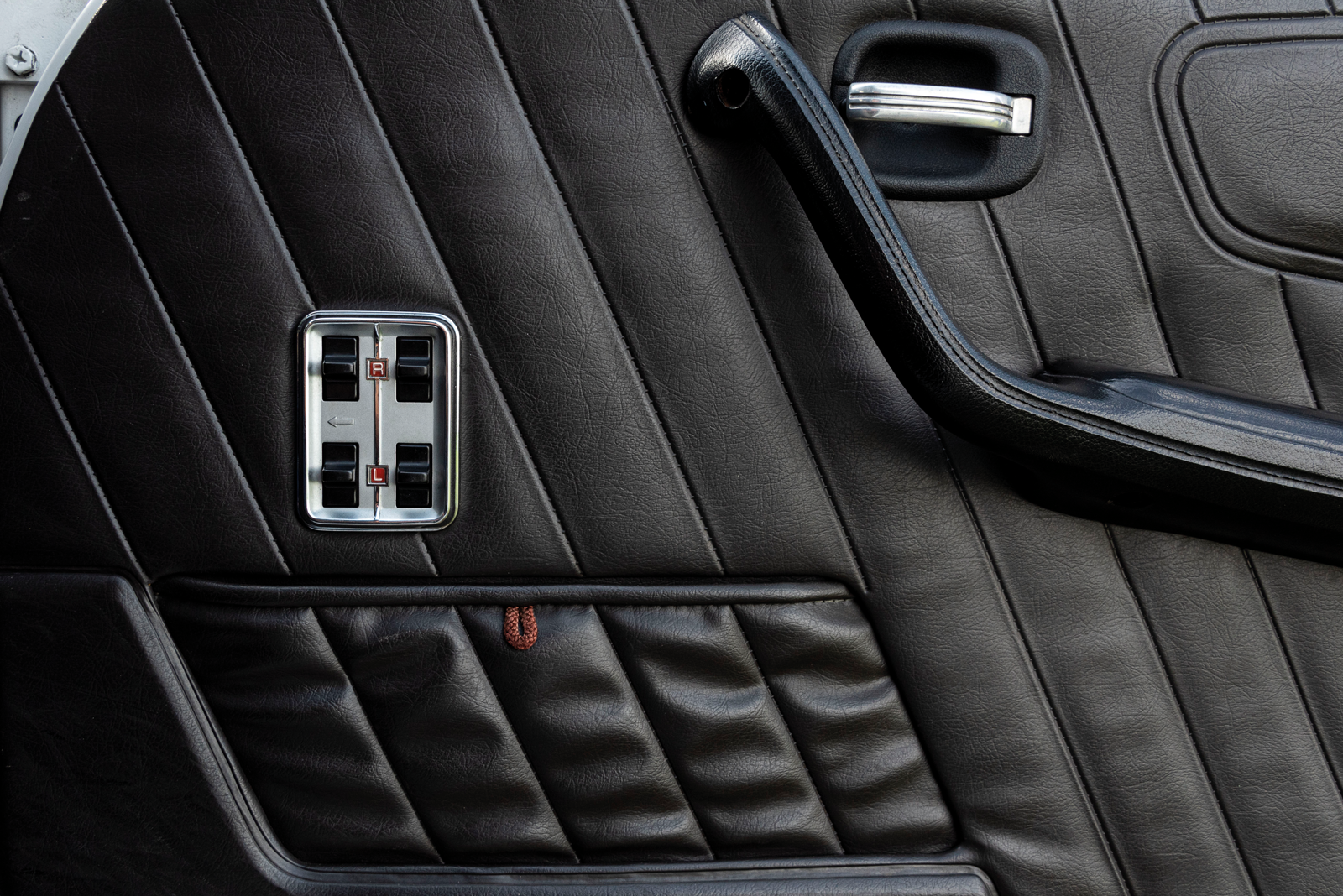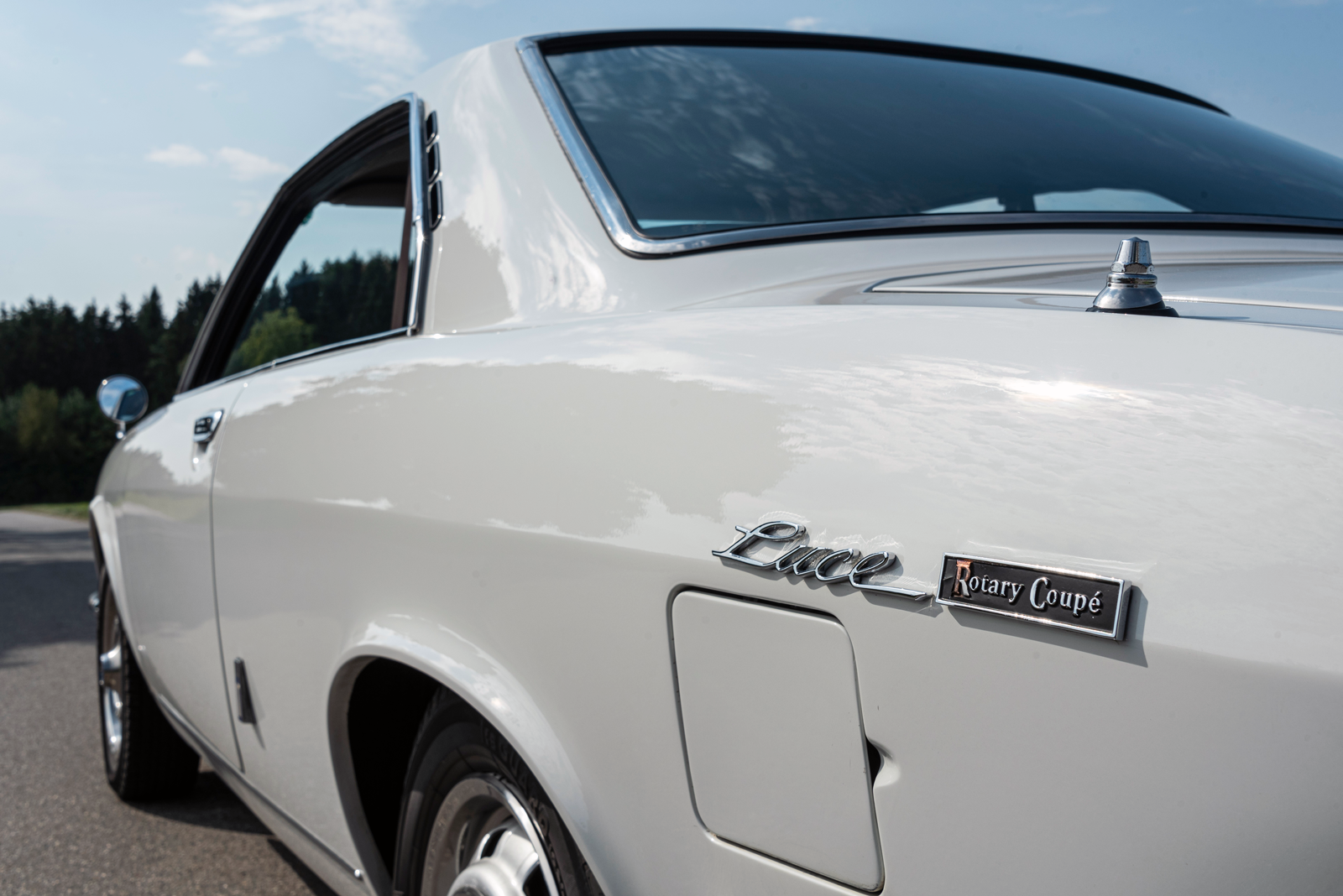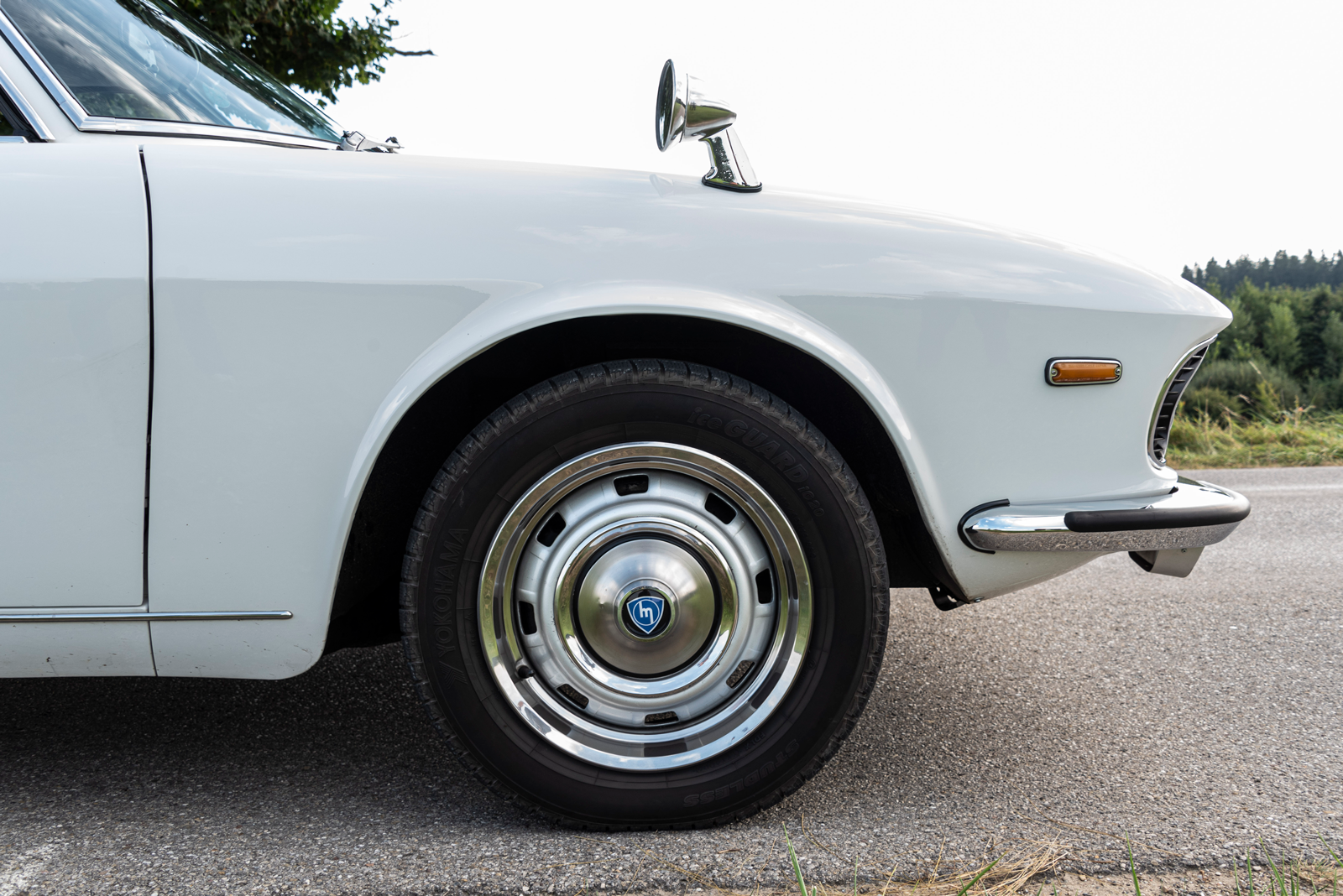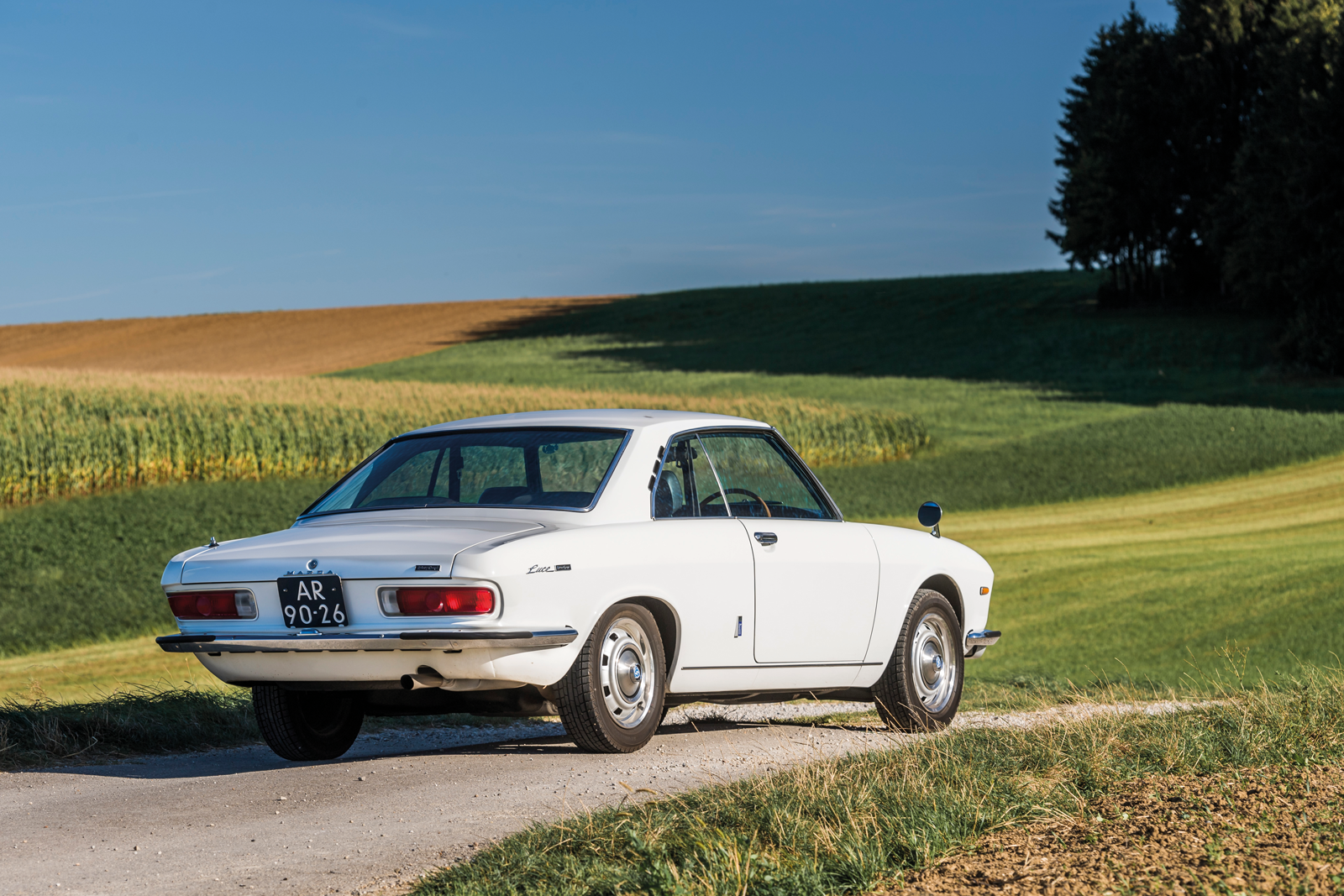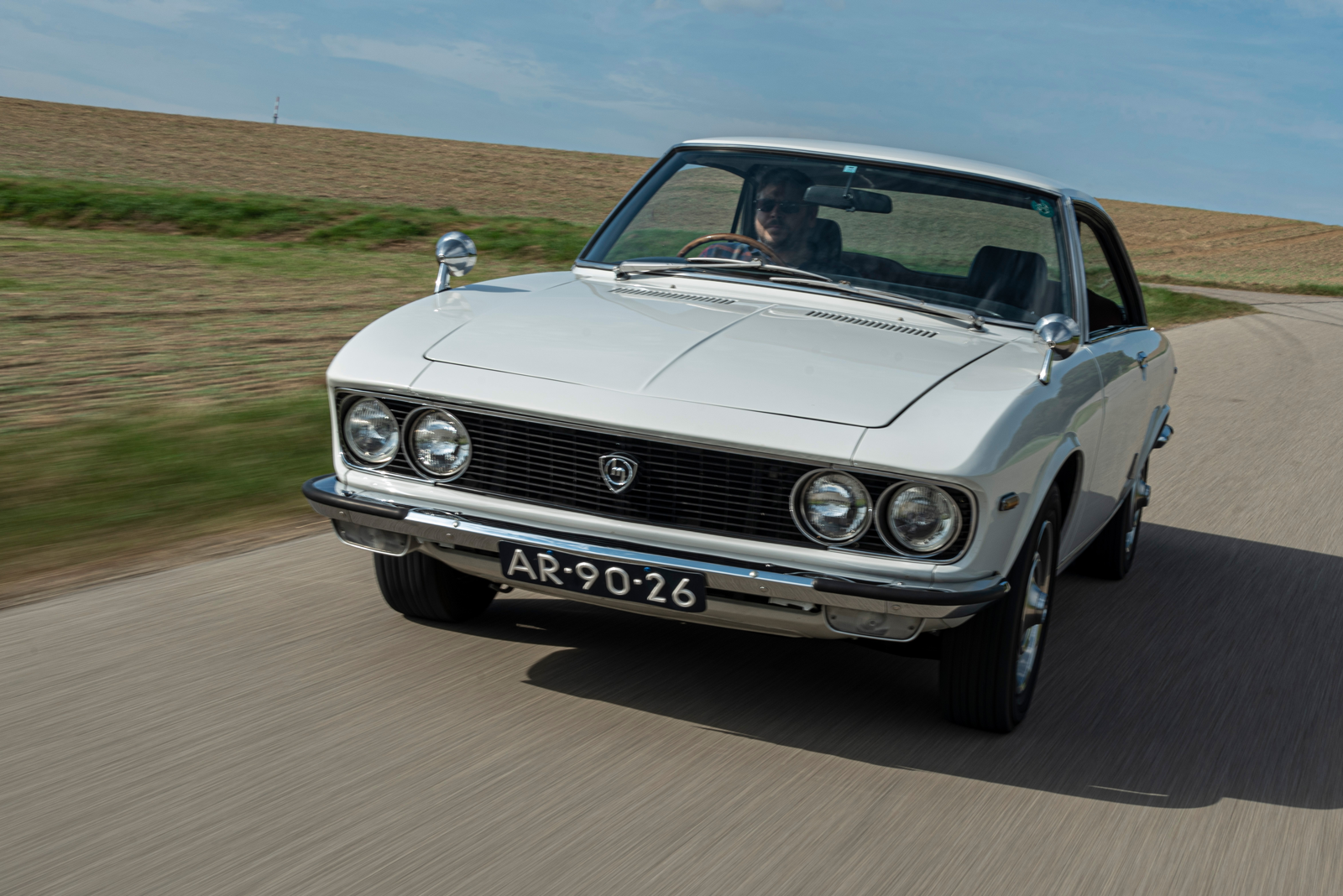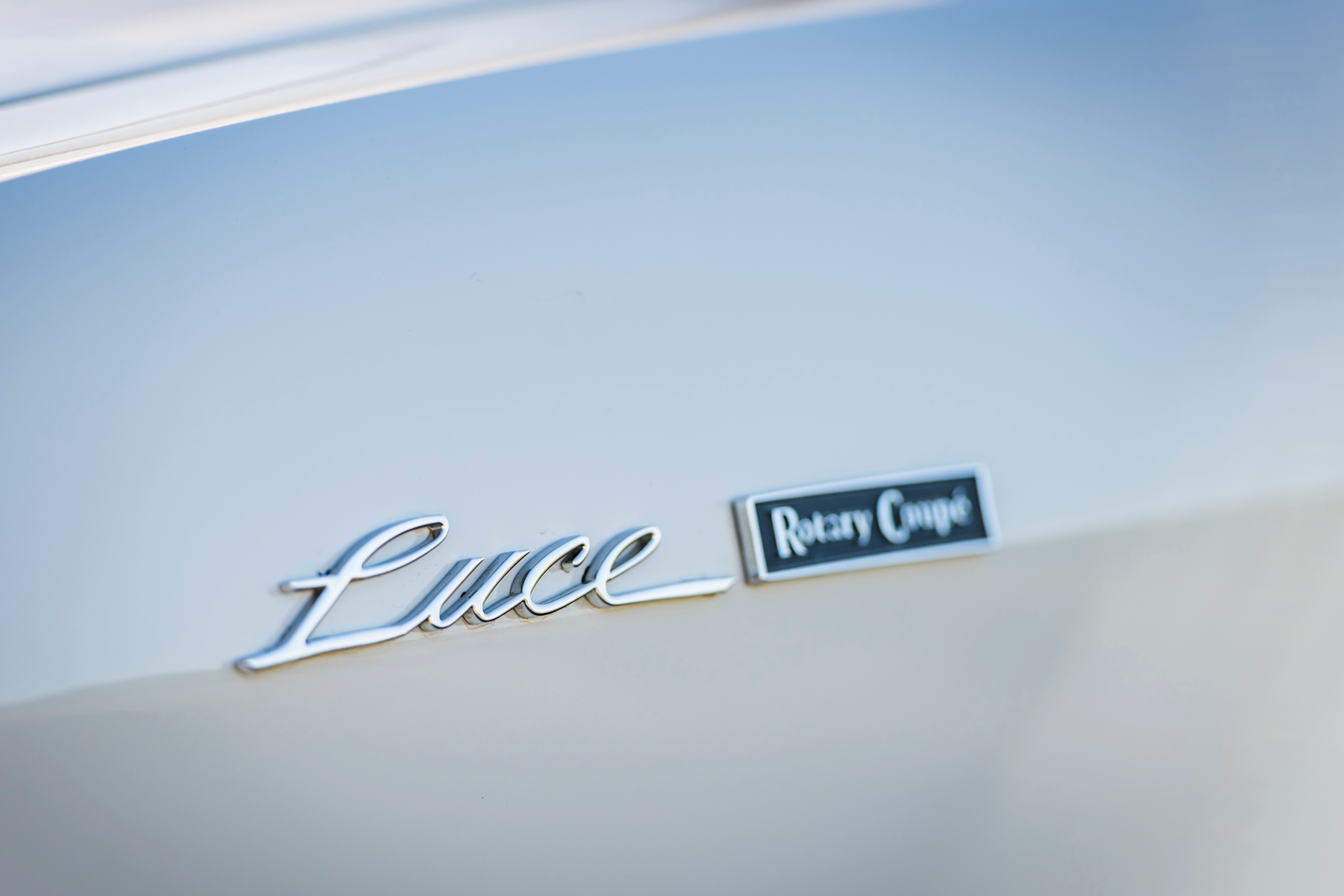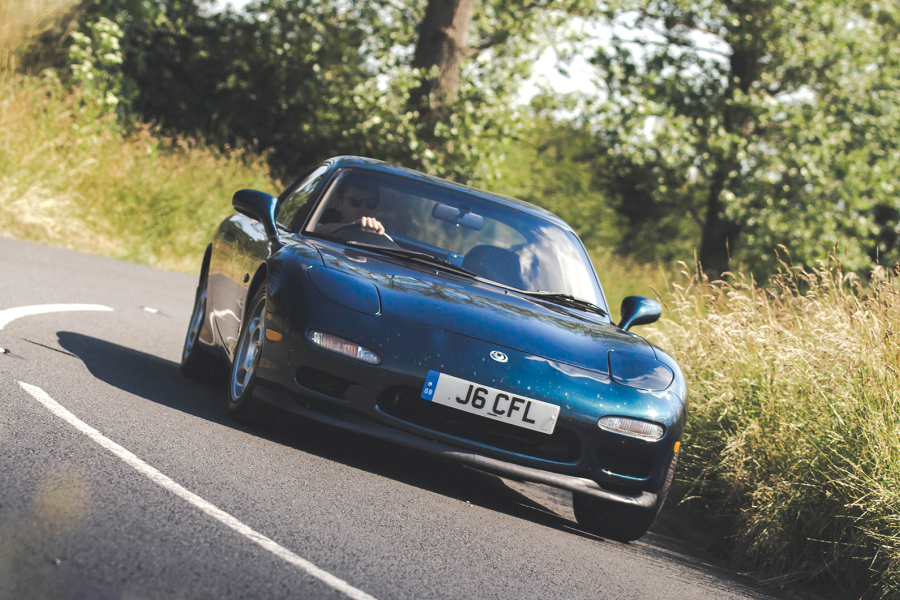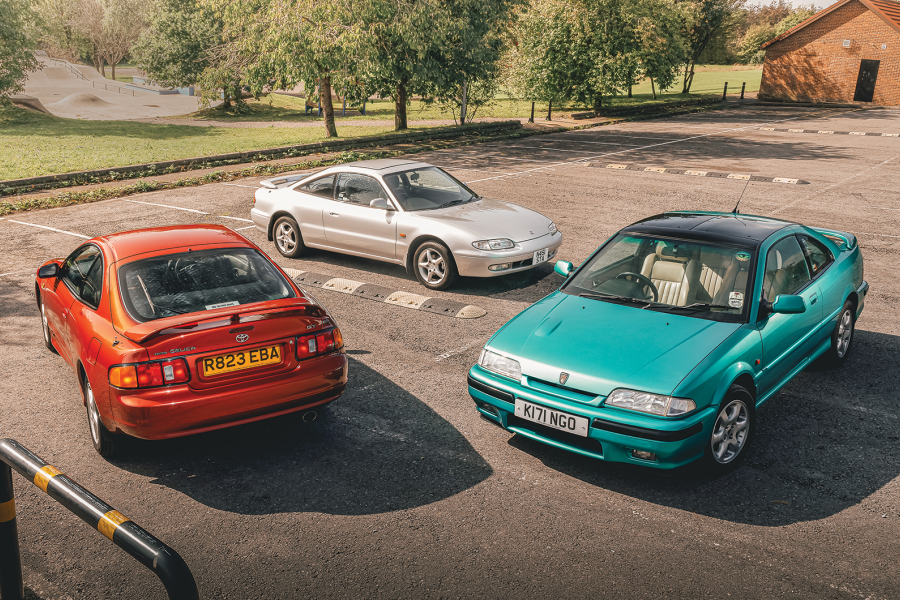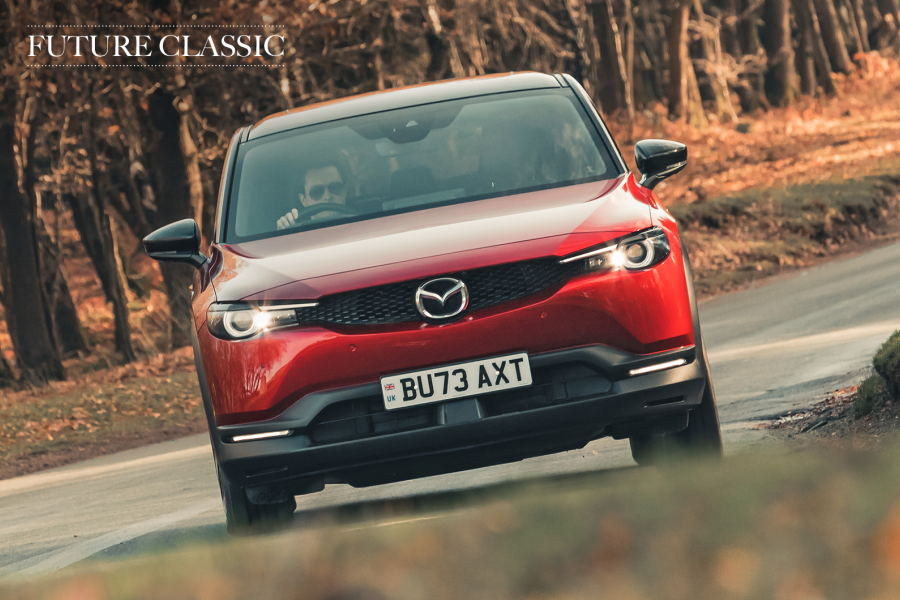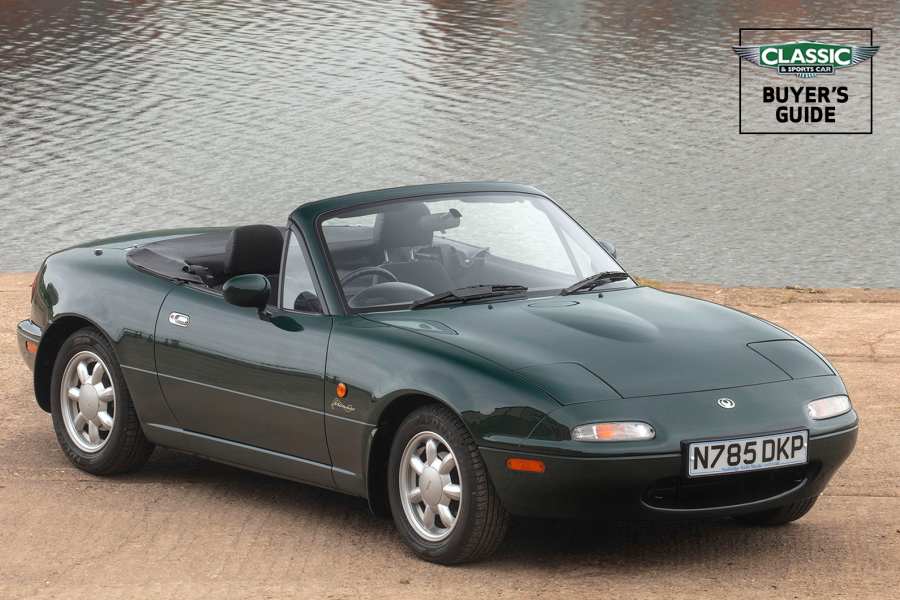
Here in the UK, Mazda isn’t a manufacturer we think of as old – certainly not when compared to the more familiarly ‘historic’ names such as Bentley or Alvis.
So it comes as a surprise to learn that the old lady of Hiroshima marked its 100th anniversary in 2020, having been founded on 30 January 1920 as Toyo Kogyo.
Starting out manufacturing cork, it soon moved into machine tools, then motorbikes, before the Mazda name – derived from Ahura Mazda, the Zoroastrian god of harmony, intelligence and wisdom, no less – appeared in 1931 on the Mazda-Go three-wheeler truck.
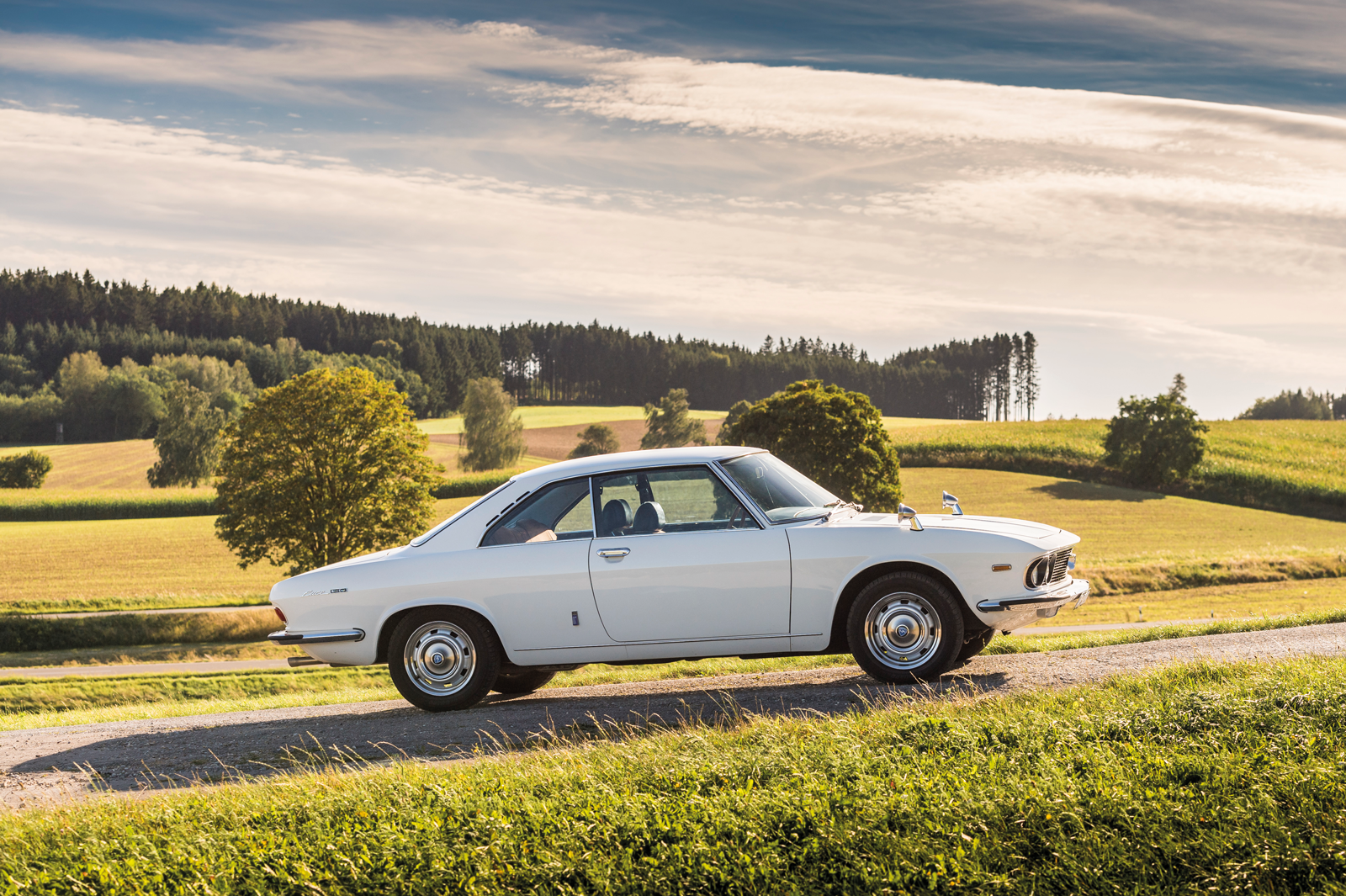
Of course, a world war and a very large bomb arrested development, and it wasn’t until 1960 that its first true passenger car arrived, the unfeasibly cute R360.
Yet still Europe didn’t learn of the name until 1967, when cars began trickling into the UK – just nine of them in the first two years, via importer Normand Garages – and sales didn’t gather any real vigour until the early 1970s.
That late start, combined with recent stellar successes such as the MX-5, has tended to distil the idea that it’s a relative newcomer, and the cynic in me does wonder if talk of a centenary is just a good way of generating column inches…

